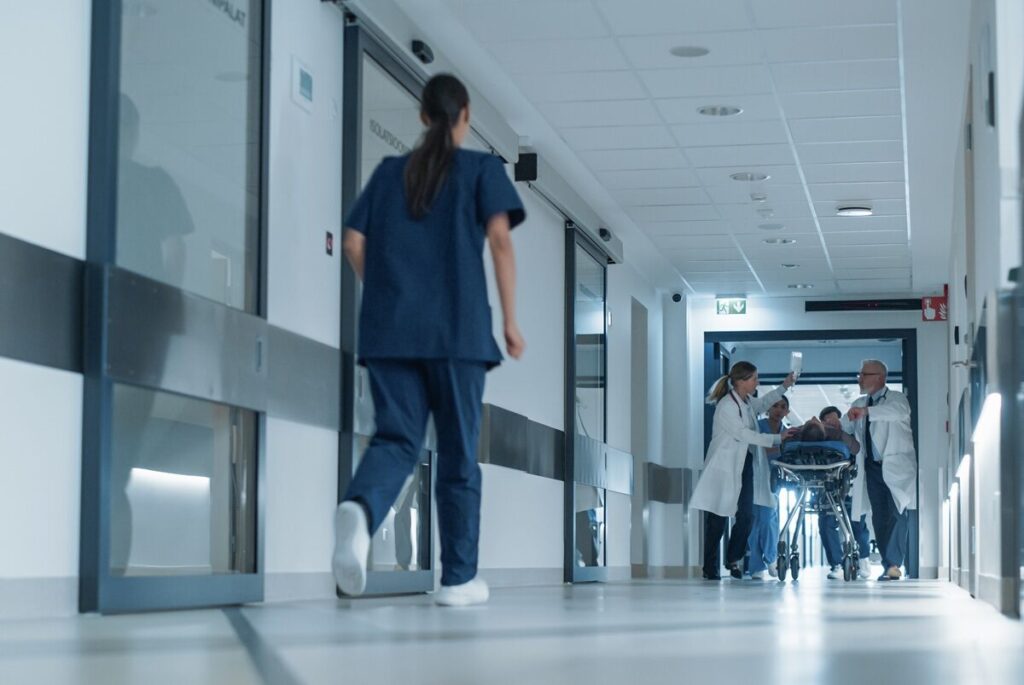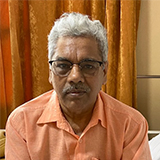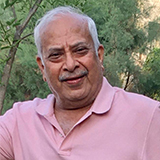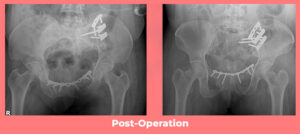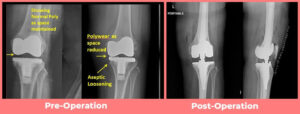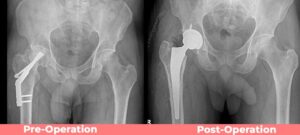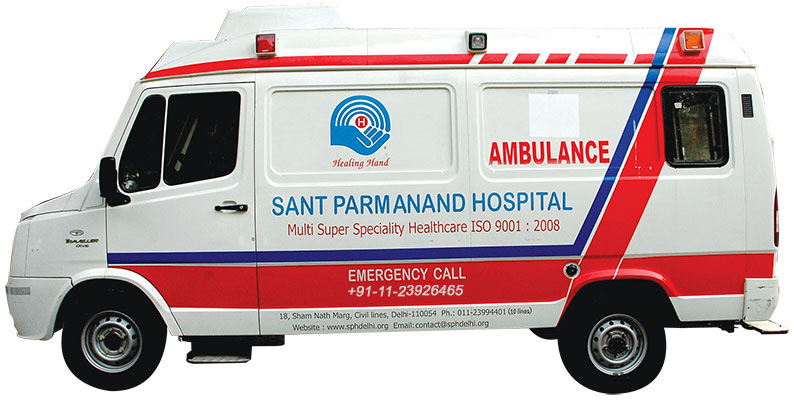Emergencies never come with a warning. One moment everything is fine, and the next, there’s chaos, an accident, a fall, a fire. When that happens, every second matters. In those moments, the best hospital for trauma care in Delhi is often the one that’s been preparing quietly, every day, for situations just like that.
What most people see is the rush, the stretchers, flashing lights and the doctors running. But what really makes a difference is the calm underneath all that. The coordination, the teamwork, and the years of practice behind it.
What Trauma Care Really Means ?
Trauma care isn’t just about fixing wounds or setting fractures. It’s about handling pressure calmly, quickly, and with teamwork. A hospital for trauma care needs to be prepared for anything: a single injured person, or a sudden wave of patients arriving at once.
Inside, it looks like a rhythm. The nurse alerts the doctor. The doctor signals the radiologist. Everyone knows what comes next, no words wasted. The best hospital for trauma care in Delhi works like that; steady, practiced, and prepared.
Prepared Long Before an Emergency
When things go wrong, there’s no time to figure things out. That’s why trauma teams practice regularly. At a hospital trauma centre, drills aren’t just a formality, but a routine that is sometimes staged as real events, complete with mock patients and timing tests.
Departments like orthopaedics, anaesthesia, and surgery rehearse together. The idea is to build instinct, so that no one freezes when something real happens. Even the small things like restocking supplies, checking oxygen lines, and testing the stretchers are part of the routine.
The Power of Teamwork
The care of trauma patient is never one person’s job. It’s dozens of people working together in sync. This includes the emergency doctors, orthopaedic surgeons, nurses, lab staff, and everyone else.
One patient might need a CT scan, another might need surgery within minutes, and someone else might just need close observation. It’s all happening at the same time and somehow, it works like clockwork. That’s the kind of coordination hospitals on the trauma hospital list in Delhi NCR train for constantly.
How Technology Helps ?
Machines don’t replace people, but they do help them move faster. Quick scans, portable X-rays, and digital monitors give doctors the information they need right away. At the best hospital for trauma care in Delhi, trauma ICUs have everything like ventilators, heart monitors, and blood analysers, ready to use at any moment.
It’s not just about the tech, though. It’s about how smoothly people use it. That’s what really saves time, and sometimes lives.
When Many Arrive at Once
During a major accident or disaster, hospitals activate what’s called a “mass casualty plan.” It sounds technical, but it’s just a way of staying organized when several people need help at once.
A triage team decides who needs attention first. The most critical go straight into surgery or intensive care while the others are stabilized or moved for scans. Everyone on the team knows their place and their job. That’s what sets a hospital with trauma center near me apart- that sense of direction even when everything else feels uncertain.
Families who walk in anxious often notice that sense of quiet focus. That’s not luck, it’s training.
When Bones and Joints Are Affected
In most accidents, bone injuries are common. People are usually brought in with broken legs, dislocated shoulders, or crushed arms. The orthopaedic specialists are always part of the emergency team. At the best hospital for trauma care in Delhi, orthopaedic surgeons and trauma specialists often work side by side from the start.
They focus on getting the bones steady, checking for any bleeding, and making sure the patient is strong enough for surgery if it’s needed. It’s the teamwork in those first few moments that often shapes how well someone recovers later.
Recovery After the Crisis
Once the danger is over, the focus shifts to healing. It’s a slower, quieter stage, but is just as important. It starts with simple things like taking slow breaths, shifting a bit, or trying to sit up on your own
At Sant Parmanand Hospital, recovery care is not treated as the “last step.” It’s part of the whole journey. Our physiotherapists, doctors, and nurses stay with each patient through those first difficult days, making sure the healing feels steady and supported.
A Network That Stays Connected
In a city like Delhi, no trauma hospital works alone. Each one is part of a larger network that includes ambulances, nearby hospitals, and other emergency services.
Being part of a hospital trauma centre system means help is never far. If one hospital needs more blood units or a specific surgeon, others step in quickly. That kind of coordination is what keeps the system strong and dependable.
Why People Trust These Hospitals ?
When people look up a hospital with a trauma center near me, they aren’t expecting an emergency that day. They’re looking for reassurance that help will be there, fast, and handled with care.
The best hospital for emergency care is the one that can keep calm when everyone else can’t. Families remember that calmness. It’s what brings trust.
What Experience has Taught Us ?
At Sant Parmanand Hospital, we’ve seen how every emergency is different. Some come in quiet, some chaotic, but what matters most is how calmly the team handles it. Over the years, that calm has come from doing the work every single day; treating fractures, handling accidents, helping people get through their toughest hours.
Being seen as one of the best hospitals for trauma care in Delhi is never about the name. It’s about trust. When a worried family trusts us with their loved one, we know that we’ve done something right.
Conclusion
No one can plan when an emergency will strike, but being ready for it with the right preparation, teamwork, and genuine care, changes everything, even on the hardest days.
FAQs
What is a trauma hospital?
It’s just a hospital that takes care of people with serious injuries; the kind that need help right away.
What is trauma care?
It’s about helping someone right after they’ve been hurt, keeping them steady, easing their pain, and getting them the care they need without losing time.
How to treat a trauma patient?
The goal is to act fast, keep them calm, stop any bleeding, and get them to a hospital that’s built for trauma care.
What kind of patients are treated in trauma?
Anyone with major injuries like fractures, deep wounds, burns, or head injuries usually comes under trauma care.
What are the two types of trauma?
There’s physical trauma, which affects the body, and emotional trauma, which can leave a deeper mark on the mind.





